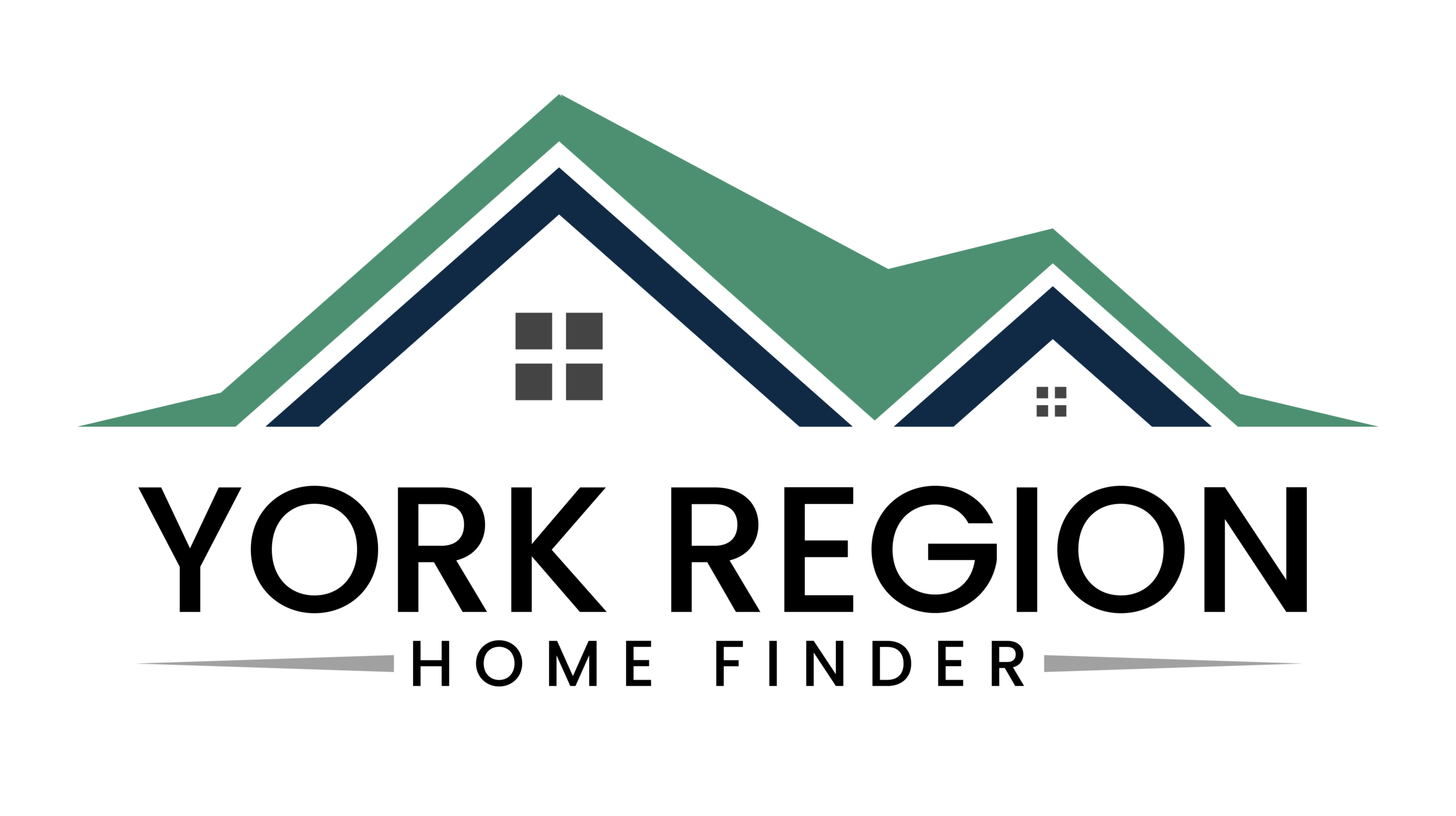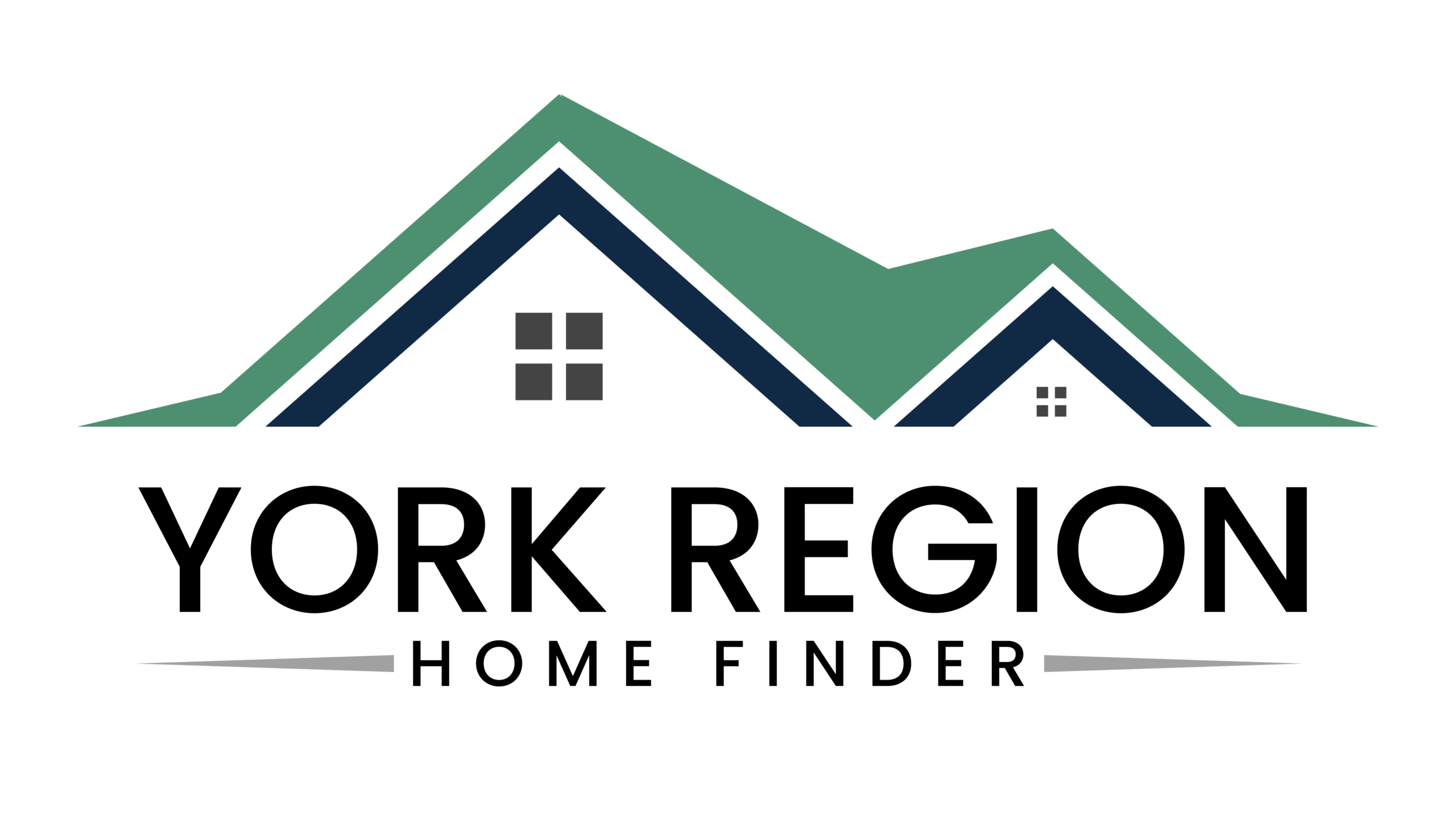What is the trigger rate, and how does it affect your variable mortgage this year after many interest rates increase? The Bank of Canada has increased the central bank rate by 4.00% since March this year to cool the inflation rate. And while many homeowners expected rates to rise, no one expected things to jump up so quickly.
So, what does this mean for homeowners and their mortgages? As a result of increased interest rates, some homeowners may see their monthly payments affected. Those affected will be homeowners with a variable-rate mortgage since their lender’s rate will directly mirror the central bank’s rate. Variable-rate mortgage holders with a fixed payment schedule see an increase in the interest portion of their payments.
What is a trigger rate? Fortunately, not everyone needs to worry about trigger rates. Fixed-rate mortgages or adjustable-rate mortgages do not have a trigger rate. However, this applies to you if you have a variable-rate mortgage with fixed or static payments. Rising interest rates may not increase homeowners’ monthly payments with this type of mortgage. Still, it will mean that
they pay more towards the interest and less towards the principal of their mortgage (the amount of money borrowed when you initially take out a home loan). The trigger rate is the rate at which regular mortgage payments will no longer cover the accumulated interest. The trigger rate happens when you’re no longer paying any of the principal and are instead just paying interest. As a result, your mortgage is no longer shrinking since your monthly payments can’t cover all of your loan’s interest.
What is a trigger point? To confuse homeowners, even more, there is a trigger point that means something different than a trigger rate. While a trigger rate is worrying, there’s no need to take action at this stage. A trigger point, however, is a little more concerning, and it’s around this time that you might expect to hear from your bank or lender. This is the point where your outstanding balance on your loan has exceeded the principal.
How is it calculated?
What represents a trigger point — a loan-to-value ratio or an exact figure — will vary between lenders. As a general rule, a trigger point tends to be reached when interest rates increase by at least 2 percent from when you first secured a loan with your lender.
What happens next?
Several options typically exist when your lender contacts you once you reach the trigger point. You can alter your payment so that some will go toward the principal. Your bank may advise you to increase your amortization period (from 15 to 20 years, for example). This is a good option for those with equity in their home. If this is not an option, you can increase
your monthly payment. Alternatively, you can make a prepayment — most banks will have rules around this, but if you have privileges, you may be able to prepay a percent to the original principal. As a result, the most likely option for many looking to escape their trigger point would be to switch to a fixed-rate mortgage. While it may not be possible, you should ask your lender if you can do so without penalty.
| Date* | Target (%) | Change (%) |
|---|---|---|
| December 7, 2022 | 4.25 | +0.50 |
| October 26, 2022 | 3.75 | +0.50 |
| September 7, 2022 | 3.25 | +0.75 |
| July 13, 2022 | 2.50 | +1.00 |
| June 1, 2022 | 1.50 | +0.50 |
| April 13, 2022 | 1.00 | +0.50 |
| March 2, 2022 | 0.50 | +0.25 |
| January 26, 2022 | 0.25 | — |
| December 8, 2021 | 0.25 | — |
| October 27, 2021 | 0.25 | — |
| September 8, 2021 | 0.25 | — |
| July 14, 2021 | 0.25 | — |
| June 9, 2021 | 0.25 | — |





